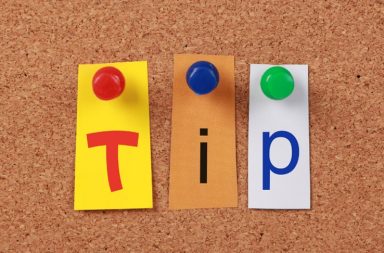Mountainous debts and foreclosures are no less than nightmares for homeowners. Many people, who are sagging under heavy burden of debts, consider bankruptcy not as their last resort but an escape route from a mounting financial and mental pressure. But that is where they get trapped. Bankruptcy is just a like a pesky stain on your credit card and remains there for a long time.
It becomes difficult to put your difficulties behind and move forward as your credit record is a constant reminder of what caused such hardships. Moreover, the bankruptcy law, last amended in 2005, includes severe limitations adding to complications of bankruptcy filing. Before you file a bankruptcy lawsuit, talk to an eminent Huntsville bankruptcy lawyer to know if the step is the only viable option available to overcome the crisis.
Despite the hazards that come with bankruptcy and severe complications in filing a bankruptcy, a staggering increase in the number of people going for it across the United States will leave your surprised.
This write-up is meant for those who still believe that bankruptcy will drive them out of the dire situation that they are almost drowning in. You, people, need some informative details about bankruptcy and after that, it is up to you to decide if or not to go with it.
Bankruptcy Filing
Bankruptcy is the final option for those facing any financial insolvency or foreclosure. Filing for bankruptcy is the only legal way out of your financial impediment. However, we should not ignore the fact that the process of bankruptcy filing involves heavy complications and cost.
If you file for bankruptcy, it’s your responsibility to clarify before the presiding judge or bankruptcy trustee why and how you got entangled into financial trouble. Meanwhile, the bankruptcy court will ask you to file the list of your assets as well as overdue.
Depending on the nature, assets are categorized under two heads:
Exempt Assets: These assets cannot be seized and sold to pay off outstanding accounts. For example, some part of equities in your property and car, personal belongings, clothing, social security and other public benefits.
Non-Exempt Assets: These assets can be realized to repay debt. Examples include recreational vehicles, a second-hand truck or car, bank accounts, investment accounts, collectibles and other valuable items.
Outstanding debts are also categorized under two heads:
Secured Debts: These cover loans sanctioned against the property known as collateral. Car and mortgage loans are the commonest forms of secured loans.
Unsecured Debts: These include the loans not approved against any collateral. Examples include medical bills, personal unsecured loans and credit card debts.
In the bankruptcy court, secured debts are considered extremely important because failing to repay the debts will allow the creditor to seize and sale the property that was used as collateral in times of borrowing.
Once you have filed all necessary information with the court, a bankruptcy trustee is appointed to ensure that secured debts are paid off in the given period. The court issues a compulsory stay preventing creditors from laying their claims on the property through foreclosure or confiscation. Due to the court order, the creditors cannot pursuit a lawsuit to collect outstanding debts.


